In our daily lives, we constantly generate waste, often without giving it much thought. Exploring What is solid waste? reveals the complexities of waste management systems worldwide. From the food packaging we discard to the old gadgets we replace, solid waste is an inevitable byproduct of modern living. But what exactly is solid waste, and what are the environmental consequences of our trash? This blog explores the concept of solid waste, its types, sources, and the profound impact it has on our environment.
Contents
Understanding What is Solid Waste?
Solid waste refers to any discarded material that is not liquid or gas. It encompasses a wide range of items, from household garbage and industrial byproducts to construction debris and agricultural residues. The classification of solid waste can be further broken down into different categories:
Municipal Solid Waste (MSW)
Municipal Solid Waste (MSW) refers to the everyday waste generated by households, schools, businesses, and institutions within a community. It includes a wide variety of materials such as food waste, packaging, paper, plastics, glass, and metals. Managing MSW effectively is crucial as it constitutes a significant portion of the waste stream and directly impacts local environments and public health. Efficient management strategies, including recycling programs and waste-to-energy initiatives, play a vital role in reducing the environmental footprint of municipal solid waste.
Read more about Post-Construction Cleaning
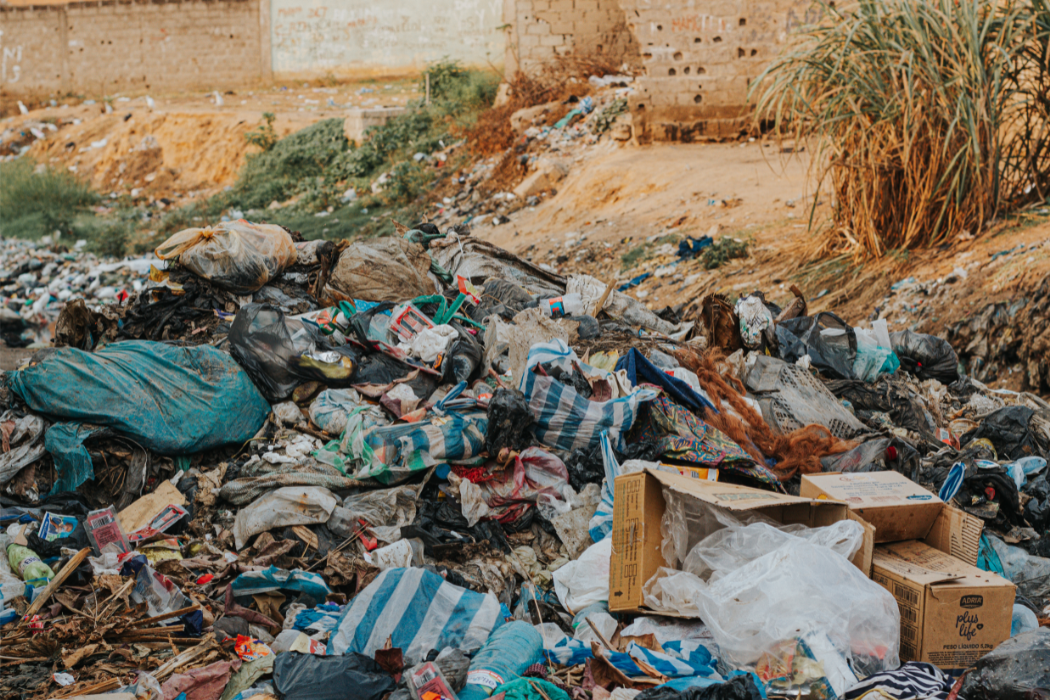
Industrial Waste
Industrial waste refers to the byproducts and residues generated during manufacturing, production, and industrial processes. This category of waste includes various materials such as chemicals, metals, solvents, and other substances that are discarded after use. Industrial waste can pose significant environmental and health risks if not managed properly, often containing pollutants that can contaminate soil, water, and air. Effective management strategies, including recycling, treatment, and proper disposal, are essential to minimize the impact of industrial waste on ecosystems and human health.
Agricultural Waste
Agricultural waste encompasses a broad range of materials left over from various farming activities. These include crop residues like stalks, husks, and stems, as well as animal waste such as manure. Agricultural waste can also include agricultural chemicals, packaging materials, and other byproducts generated during cultivation, processing, and distribution. Proper management of agricultural waste is crucial to minimize environmental impact and maximize its potential as a valuable resource for activities such as composting or bioenergy production.
Construction and Demolition Waste
This type of waste is produced during construction, renovation, and demolition activities. It includes wood, concrete, bricks, and other building materials. It includes materials such as concrete, wood, metal, bricks, and insulation, among others. Managing this type of waste is crucial as it often comprises a significant portion of landfill volume and can contain hazardous substances. Recycling and reusing these materials not only reduce the environmental impact but also conserve resources and support sustainable construction practices.
Hazardous Waste
Hazardous waste refers to discarded materials that pose substantial risks to human health and the environment due to their chemical, biological, or physical properties. This category includes substances such as batteries, pesticides, medical waste, and certain industrial chemicals. Proper management and disposal of hazardous waste are essential to prevent contamination of soil, water, and air, as well as to minimize potential harm to wildlife and ecosystems. Governments and industries must adhere to strict regulations and safety protocols to ensure the safe handling, transportation, treatment, and disposal of hazardous waste materials.
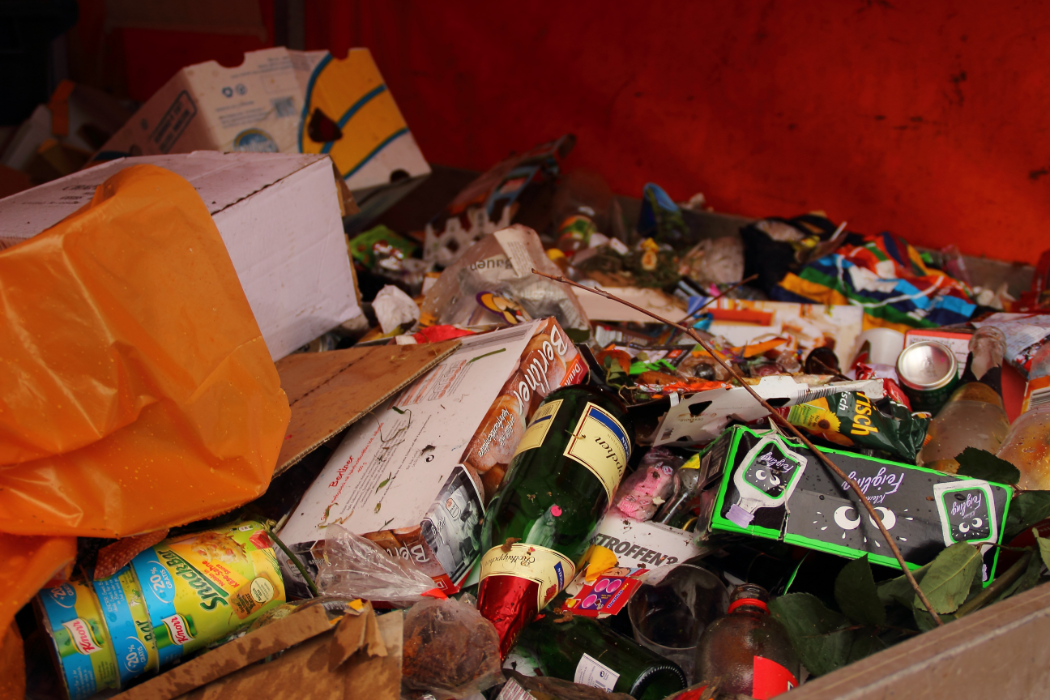
The Sources of Solid Waste
The sources of solid waste are diverse and numerous. Each sector of society contributes to the waste stream in different ways:
Residential
Households are major contributors to solid waste, producing items such as food scraps, packaging, and old electronics.
Commercial
Businesses generate waste through activities like packaging, paper use, and discarded products.
Industrial
Factories and production facilities produce waste materials as byproducts of manufacturing processes.
Agricultural
Farms generate waste through the cultivation of crops and the raising of livestock.
Construction
The building industry produces large amounts of waste through construction, renovation, and demolition projects.

The Environmental Impact of Solid Waste
The disposal and management of solid waste have significant environmental consequences. Here are some of the key impacts:
Landfill Overflow
Landfills are the most common method of waste disposal. However, they are rapidly reaching capacity. Overfilled landfills can lead to various environmental issues, including the release of harmful gases like methane, a potent greenhouse gas that contributes to climate change.
Soil and Water Pollution
Improper disposal of solid waste can lead to soil and water contamination. Chemicals and hazardous materials can leach into the ground and water sources, posing risks to both human health and ecosystems.
Air Pollution
The incineration of solid waste, while reducing volume, releases pollutants into the air. These pollutants can include dioxins, furans, and other harmful chemicals that can affect air quality and public health.
Wildlife Harm
Animals can mistake waste for food, leading to ingestion of plastics and other harmful materials. This can cause injury, starvation, and death in wildlife.
Resource Depletion
The continuous generation of solid waste often involves the extraction and consumption of natural resources. This unsustainable use of resources contributes to habitat destruction, loss of biodiversity, and increased carbon emissions.
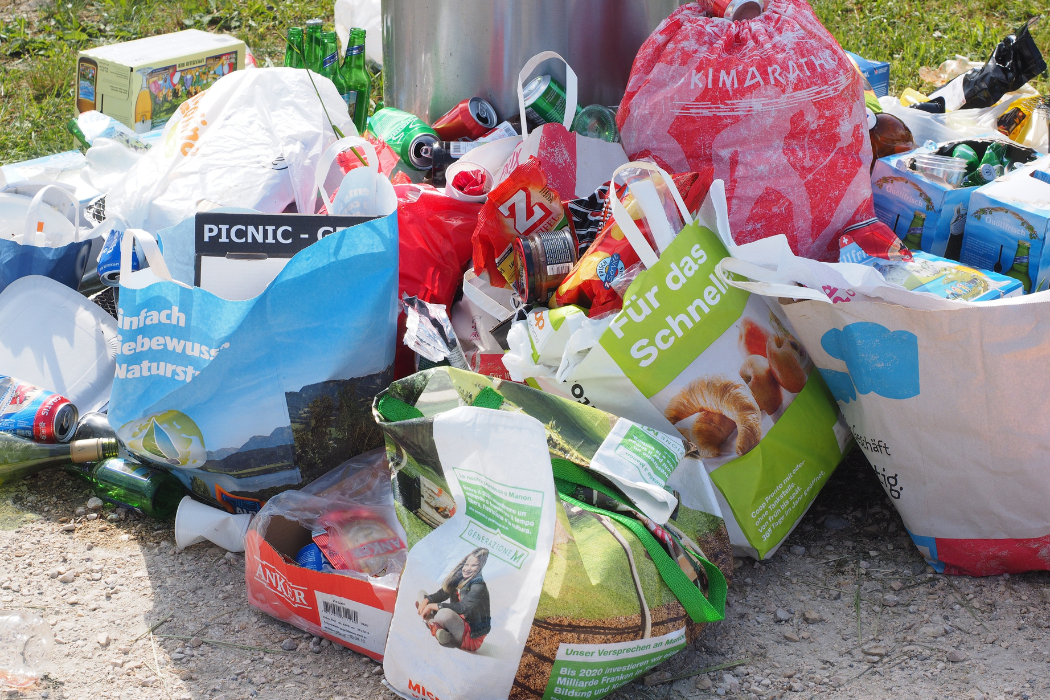
Strategies for Managing Solid Waste
Effective management of solid waste is crucial to mitigate its environmental impact. Here are some strategies that can help:
Reduce, Reuse, Recycle
The three Rs are fundamental to waste management. Reducing waste generation, reusing items, and recycling materials can significantly decrease the amount of waste sent to landfills.
Composting
Organic waste, such as food scraps and yard trimmings, can be composted to create nutrient-rich soil. This not only reduces landfill waste but also benefits gardens and agricultural practices.
Waste-to-Energy
Converting waste into energy through processes like incineration and anaerobic digestion can provide a renewable source of energy while reducing the volume of waste.
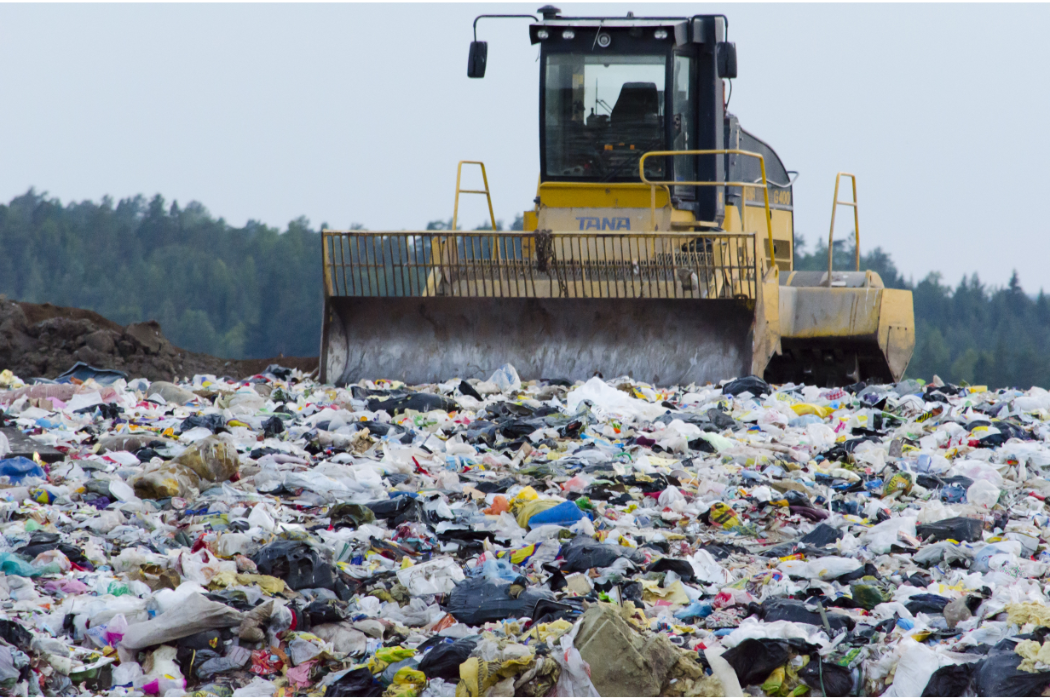
Proper Disposal of Hazardous Waste
Ensuring hazardous waste is disposed of correctly prevents harmful chemicals from contaminating the environment.
Policy and Regulation
Governments can implement policies and regulations that promote sustainable waste management practices. This includes setting targets for waste reduction, incentivizing recycling, and enforcing proper disposal methods.
Public Awareness and Education
Educating the public about the importance of waste reduction and proper disposal methods can encourage more responsible behavior and community involvement in waste management efforts.
Conclusion
Solid waste is an inevitable byproduct of human activity, but its impact on the environment is profound. From overflowing landfills to polluted water sources, the consequences of our trash are far-reaching. By adopting sustainable waste management practices and fostering a culture of environmental responsibility, we can mitigate these impacts and work towards a cleaner, healthier planet. It starts with understanding the problem and taking collective action to address it. Each small step towards reducing, reusing, and recycling can make a significant difference in our fight against solid waste and its environmental impact.


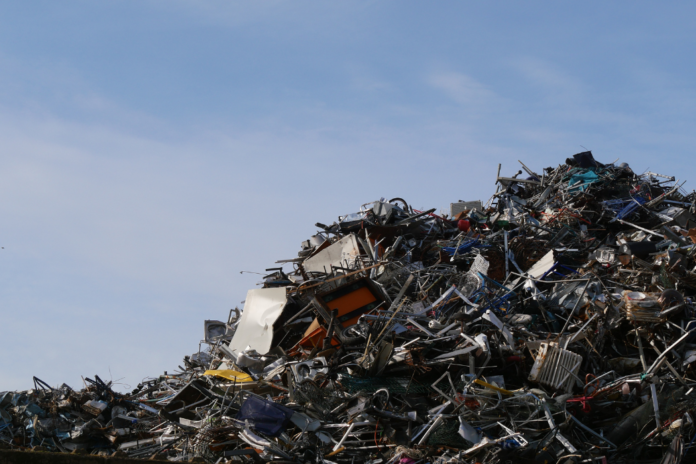

[…] By converting waste materials into new products, recycling reduces the need for raw materials, Solid Waste, conserves energy, and minimizes greenhouse gas emissions. It plays a pivotal role in the circular […]